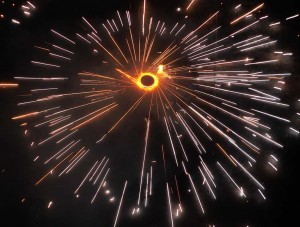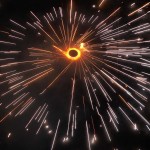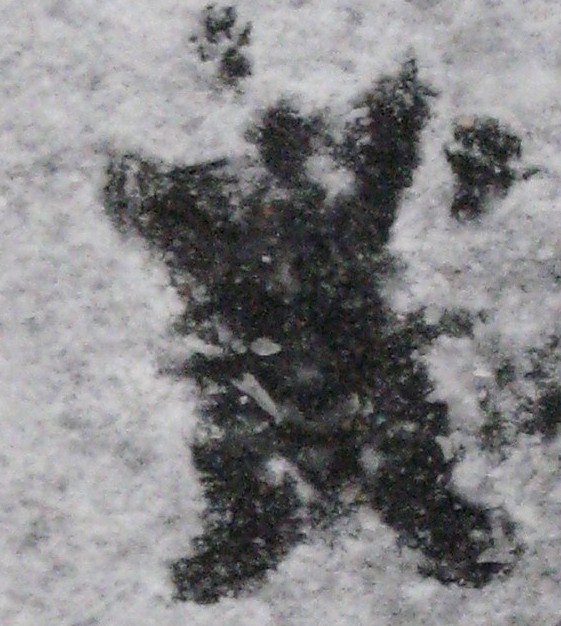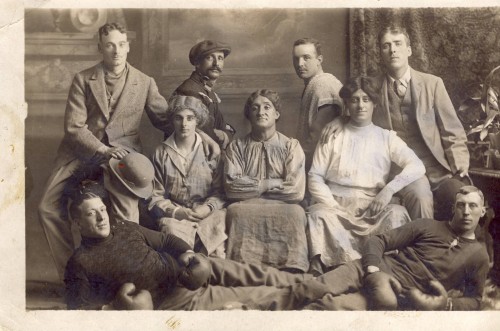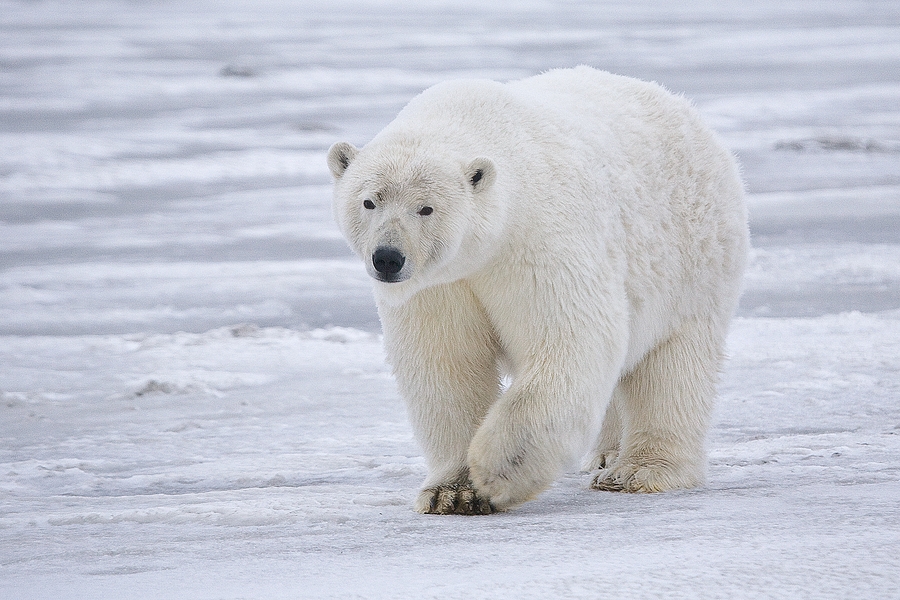 It’s amazing what scientists can do nowadays. They can get right down into the center of an atom. They can tell us in detail about rocks on other planets. So it’s no wonder when they report there are a certain number of very large animals in an area – and they only have to count up to a thousand or two – we tend to believe the number is pretty close. Population surveys for polar bears, for example, sound a bit like taking the census, only the bears don’t have phones.
It’s amazing what scientists can do nowadays. They can get right down into the center of an atom. They can tell us in detail about rocks on other planets. So it’s no wonder when they report there are a certain number of very large animals in an area – and they only have to count up to a thousand or two – we tend to believe the number is pretty close. Population surveys for polar bears, for example, sound a bit like taking the census, only the bears don’t have phones.
In reality, counting white animals against a white backdrop from a helicopter, over hundreds of thousands of square kilometers, is actually pretty tricky. Ditto caribou against the tundra. It’s also really expensive, so when a survey is done, those numbers have to be used for a decade or two, in combination with other measures, to estimate the health of a population.
When an August 2011 survey of Hudson Bay’s 8000km western coastline found 1,013 bears – 66% higher than the extrapolated estimates that had led to endangered status and trade moratoria on bear parts in the EU and US –the results were met with incredulity. The numbers confirmed reports from the Hunter and Trapper Associations in the area who have consistently seen more bears, but have been discredited by their immediate financial interest in raised hunting quotas.
Every year, about 450 foreign hunters each pay around $50,000 for a tag to shoot a polar bear, accompanied by an Inuit guide. For the North American Super Slam, and other large animal lists that prescribe the hunter’s complete trophy room, a dead polar bear is de rigeur. In China and Russia, a polar bear pelt can fetch $15,000. (You may be thinking laws against this would be wise regardless of bear population numbers, and you would not be alone.) Continue reading

